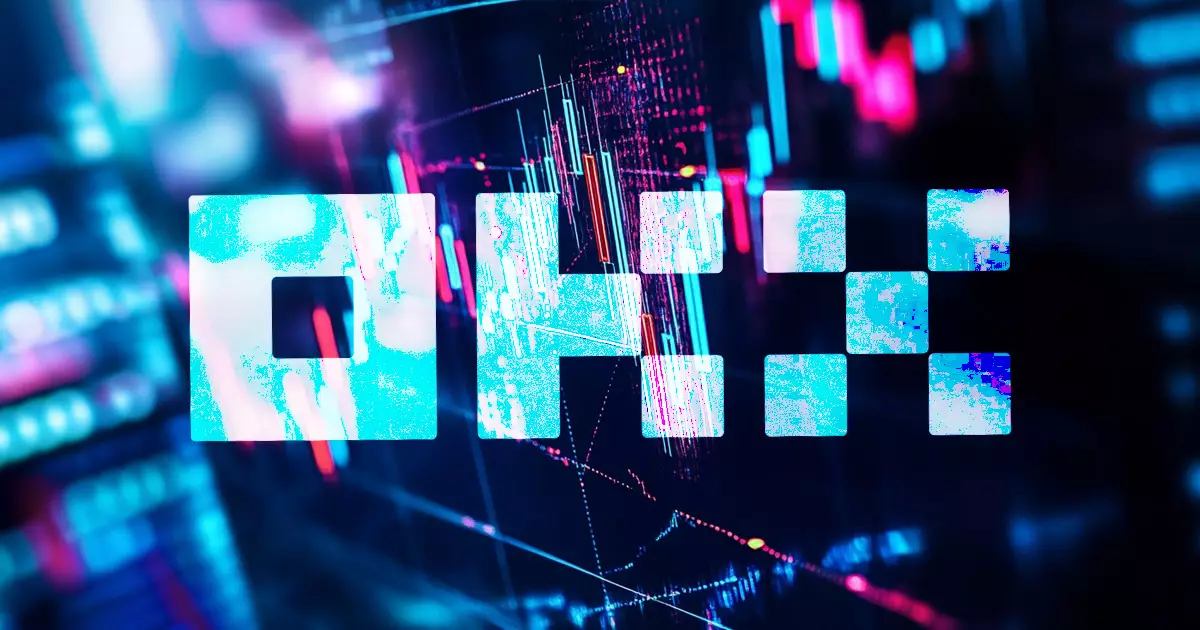The recent suspension of OKX’s Web3 decentralized exchange (DEX) aggregator is a stern wake-up call for the entire cryptocurrency market. Initiated on March 17, this suspension is more than just a routine regulatory compliance measure; it represents the intensifying scrutiny from European regulators amid rising concerns about digital asset misuse. The European Securities and Markets Authority (ESMA) is currently exploring whether OKX falls under the European Union’s Markets in Crypto-Assets (MiCA) framework. The political ramifications are significant and reveal a broader conversation about the future of crypto regulation within Europe, which has typically taken a wait-and-see approach.
The compliance challenges that OKX faces are emblematic of the larger struggles that decentralized financial systems endure. The emergence of legislation often lags behind technological advancement, creating a perilous environment for innovation. Regulating these platforms without stifling their growth is a tenuous balancing act that requires both deliberation and speed.
Terrorist Financing Concerns
At the heart of the regulatory scrutiny are allegations that hackers from North Korea’s notorious Lazarus Group leveraged OKX’s platform to launder nearly $100 million from the Bybit hack. This staggering figure raises serious concerns about the potential for terrorist financing within the cryptocurrency ecosystem. It’s inconceivable that a platform meant to democratize finance could be manipulated for such malicious purposes. If left unchecked, this precarious issue could undermine the fundamental trust in decentralized finance, forcing uninformed users to withdraw from these platforms for fear of association with illicit activities.
As the Lazarus Group saga unfolds, the need for robust anti-money laundering (AML) mechanisms in decentralized finance becomes even more pronounced. OKX’s assertion that blockchain explorers made erroneous identifications underlines an urgent call for improved sovereignty and accountability from DEXs. But this isn’t merely about OKX or specific transactions; it’s about shaping systemic responses in a market that too often lacks regulatory oversight.
Transparency: The Crystal Ball of Future DEX Operations
In response to the allegations and subsequent investigations, OKX has taken a proactive approach by emphasizing transparency. They are working with blockchain explorers to fix the mislabeling that contributed to their problematic association with the Bybit hack. Their commitment to creating a real-time monitoring system that blocks hacker addresses from accessing their centralized exchange further showcases a dedication to security and user trust. While their attempts at earnestness are commendable, they highlight the urgent need for the entire cryptocurrency industry to re-imagine how exchanges incorporate transparency into their DNA.
Yet, one must question if announcements alone will suffice. With each allegation that surfaces, confidence in decentralized exchanges erodes further. The landscape demands more than just communication and proactive measures; it requires a paradigm shift towards entirely new operational models that prioritize tracing and accountability.
The Future of DEXs: A Dual-Edged Sword
As we step deeper into the age of decentralized finance, the direction that regulators choose will play a pivotal role in shaping the landscape. The ongoing evolution of decentralized exchanges carries with it a dual-edged sword. On one edge lies the promise of inclusivity and innovation, and on the other, the growing urgency for protection against criminal exploitation.
Moving forward, the responsibility of creating a secure and reliable environment cannot rest solely on the shoulders of individual platforms like OKX. Regulatory bodies must collaborate with industry stakeholders to create frameworks that protect users while still allowing for creative exploration. If successful, the result would be a thriving cryptocurrency ecosystem that is resilient and responsible, proving that innovation can coexist with integrity.

